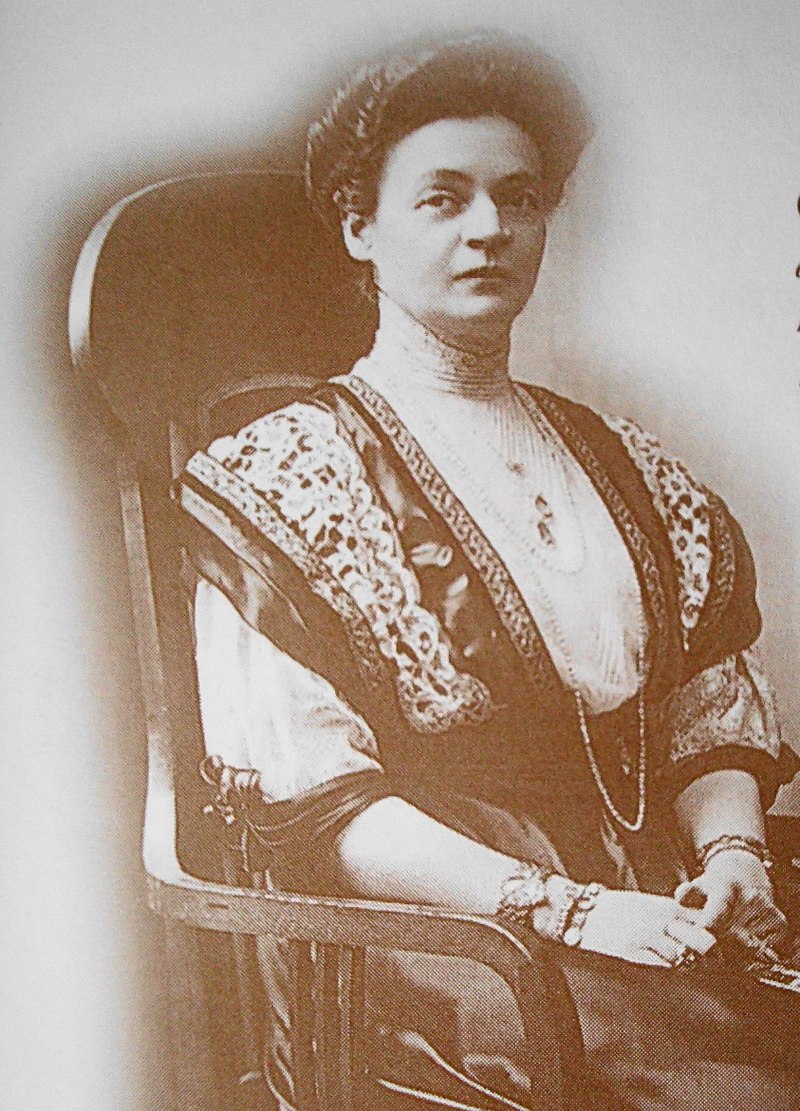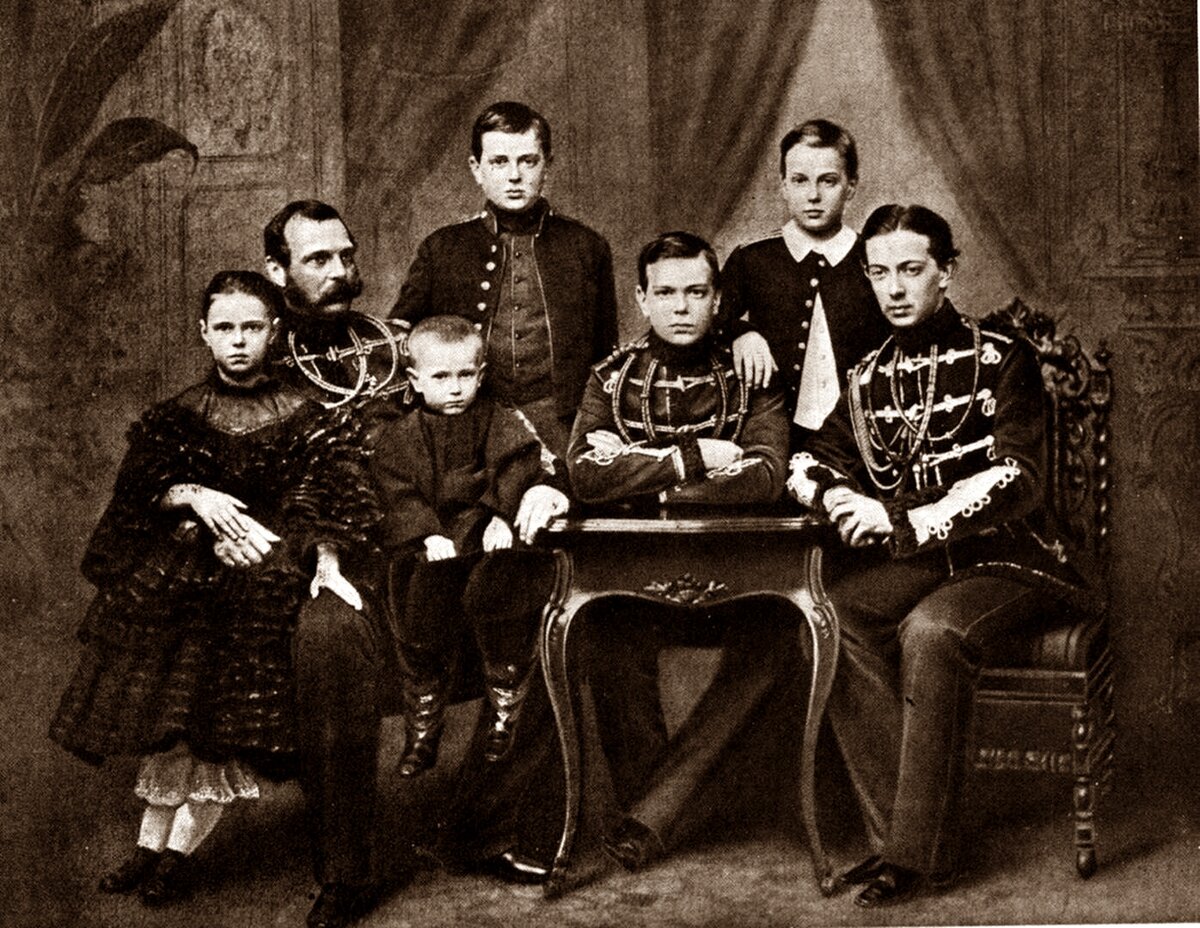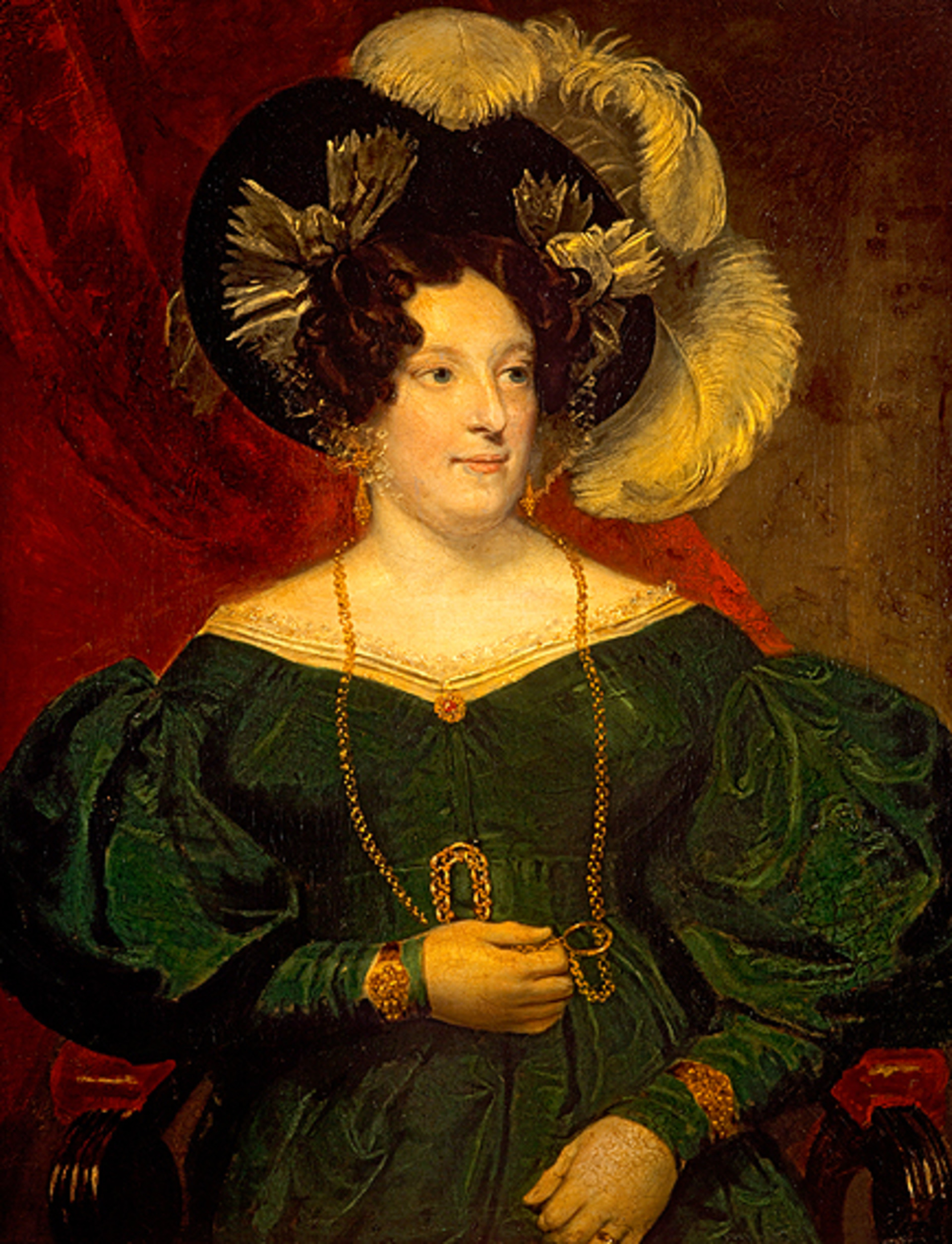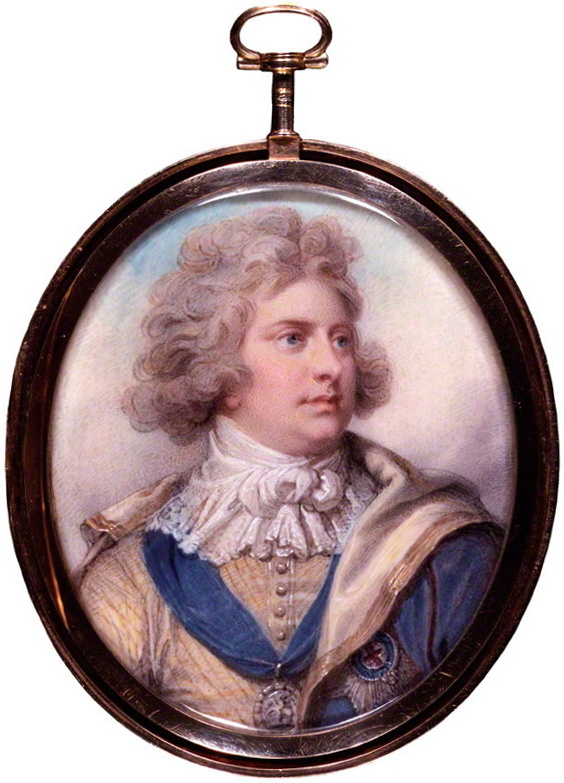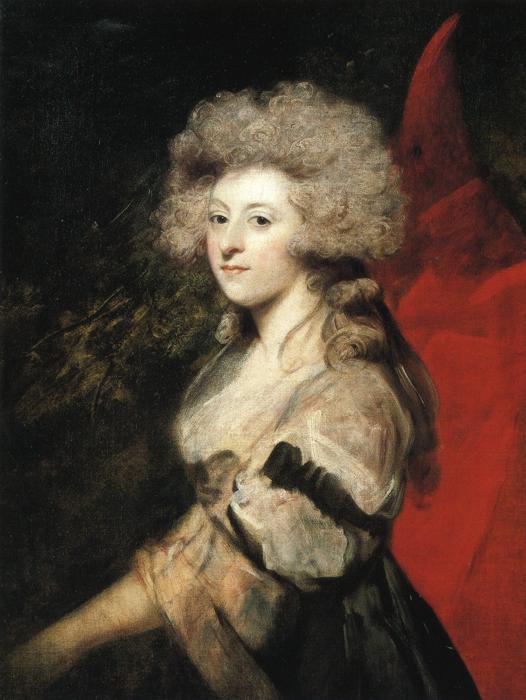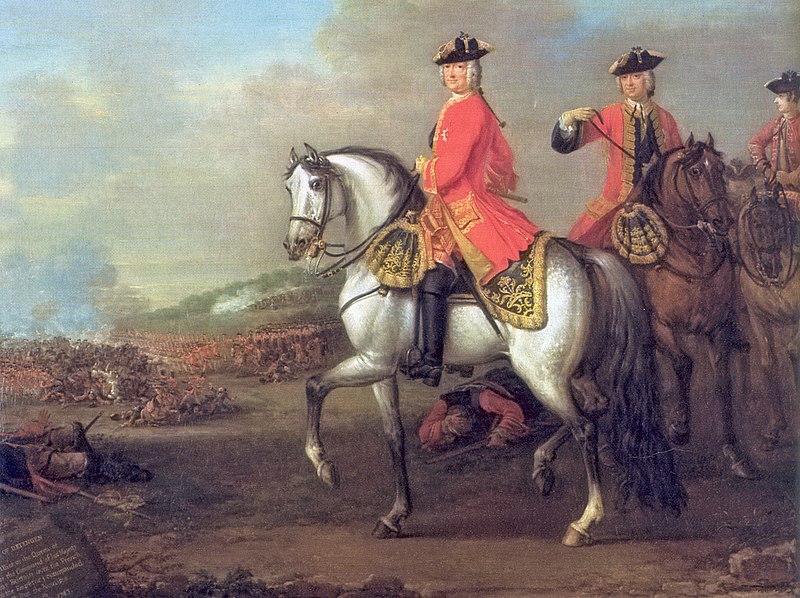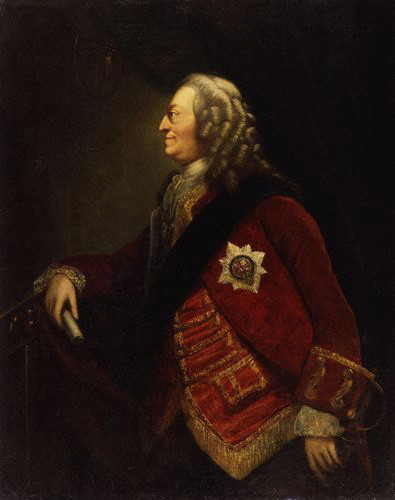by Susan Flantzer © Unofficial Royalty 2015

King William IV of the United Kingdom; Credit – Wikipedia
The third son and third child of the fifteen children of King George III of the United Kingdom and Charlotte of Mecklenburg-Strelitz, His Royal Highness The Prince William Henry was born at Buckingham House (now Buckingham Palace) in London, England on August 21, 1765. At the time of his birth, it seemed highly unlikely that William would be anything more than a royal duke as he had two elder brothers. William was christened on September 18, 1765, at St James’s Palace In London, England by Thomas Secker, Archbishop of Canterbury and had three godparents:
William had 14 siblings:
- King George IV (1762 – 1830), married Caroline of Brunswick-Wolfenbüttel, had issue: Princess Charlotte of Wales, died in childbirth as did her child
- Prince Frederick, Duke of York (1763 – 1827), married Frederica of Prussia, no issue
- Charlotte, Princess Royal (1766 – 1828), married King Friedrich I of Württemberg, no surviving issue
- Prince Edward, Duke of Kent (1767 – 1820), married Victoria of Saxe-Coburg-Saalfeld, had issue: Queen Victoria, present British Royal Family are his descendants
- Princess Augusta Sophia (1768 – 1840), never married, no issue
- Princess Elizabeth (1770 – 1840), married Friedrich, Landgrave of Hesse-Homburg, no issue
- King Ernest Augustus I of Hanover, Duke of Cumberland (1771 – 1851), married Friederike of Mecklenburg-Strelitz; had issue
- Prince Augustus Frederick, Duke of Sussex (1773 – 1843), married twice, both in contravention of the Royal Marriages Act of 1772 1) Lady Augusta Murray, had issue, marriage annulled 2) Lady Cecilia Buggin (later 1st Duchess of Inverness), no issue
- Prince Adolphus, Duke of Cambridge (1774 – 1850), married Augusta of Hesse-Kassel, had issue, present British Royal Family are his descendants through his granddaughter Mary of Teck who married King George V of the United Kingdom
- Princess Mary (1776 – 1857), married Prince William Frederick, Duke of Gloucester, no issue
- Princess Sophia (1777 – 1848), never married, possible illegitimate issue
- Prince Octavius (1779 – 1783), died in childhood
- Prince Alfred (1780 – 1782), died in childhood
- Princess Amelia (1783 – 1810), never married, no issue

Queen Charlotte painted by Benjamin West in 1779 with her 13 eldest children; Credit – http://www.royalcollection.org.uk
William was brought up with his brother Edward at Kew Palace where they were educated by Dr. John James Majendie, a classical scholar, and Major General Budé, a Swiss officer in the Hanover Army. King George III decided that William would have a career in the navy. In 1879, at the age of 13, William went to sea with his tutor Mr. Majendie, serving under Captain (later Admiral) Robert Digby on the HMS Prince George. On his father’s orders, William received no privileges and was treated the same as his fellow sailors.

William age 13 (left) and his younger brother Edward; Credit – Wikipedia
During his naval career, William, nicknamed Sailor Bill, served on several ships and in many places. In 1789, his ship saw action in the Battle of Cape St Vincent. He was then stationed in the West Indies and Nova Scotia. William was transferred to HMS Warwick and saw action in the Delaware Bay in the American Revolution. In 1785, William was made the third lieutenant of the frigate HMS Hebe. The following year, William was made captain of the HMS Pegasus. The Pegasus was stationed in the West Indies under the command of Admiral Horatio Nelson, who became William’s close friend. When Admiral Nelson married in 1787, William gave away the bride. William returned to England in December of 1787 and was subsequently appointed to command the frigate HMS Andromeda in the West Indies. In 1789, William was appointed Rear Admiral and commanded the HMS Valiant in home waters, his last command afloat. Prince William received the Order of the Garter in 1782 and was created Duke of Clarence and St Andrews and Earl of Munster in 1789. He was appointed Vice-Admiral in 1799 and Admiral of the Fleet in 1811, both honorary positions.

King William IV in naval dress uniform by Sir Martin Archer Shee, oil on canvas, circa 1800, NPG 2199 © National Portrait Gallery, London
In 1790, Dorothea Jordan, an actress, attracted William’s attention. Dorothea was born Dora or Dorothy Bland in 1761 in Ireland. Her father had been an actor, and she followed in her father’s footsteps, first acting in Dublin. In 1782, she came to England, adopted the name “Mrs. Jordan”, and had a daughter by Irish actor and theatrical manager Richard Daly. Starting in 1786, Dorothea had another relationship with Sir Richard Ford, a police magistrate and a lawyer, and had three more children. She began her affair with William, once she realized Ford would not marry her. Dorothea and William had a happy relationship that lasted over 20 years and produced ten children. The couple resided at Clarence Lodge in Roehampton near London and at William’s apartments at St James’ Palace. When William became Ranger of Bushy Park, they lived at Bushy House near Hampton Court Palace.

Dorothy Jordan as Hypolita by and published by John Jones, after John Hoppner, mezzotint, published 1 March 1791, (exhibited 1791) NPG D3324 © National Portrait Gallery, London
King William IV and Dorothea Jordan had ten children. Nine of the ten children were named after nine of William’s fourteen siblings. The tenth child was given William’s middle name Henry.
- George FitzClarence, 1st Earl of Munster (1794 – 1842), married Lady Mary Wyndham, had issue
- Henry FitzClarence (1795 – 1817), unmarried
- Sophia FitzClarence (1795 – 1837), married Philip Sidney, 1st Baron De L’Isle and Dudley, had issue
- Mary FitzClarence (1798 – 1864), married General Charles Richard Fox, no issue
- Frederick FitzClarence (1799 – 1854), married Lady Augusta Boyle, had issue
- Elizabeth FitzClarence (1801 – 1856), married William Hay, 18th Earl of Erroll, had issue, King Edward VII’s granddaughters Princess Alexandra, 2nd Duchess of Fife and Princess Maud, Countess of Southesk and British Prime Minister David Cameron descend from this marriage
- Adolphus FitzClarence (1802 – 1856), unmarried
- Augusta FitzClarence (1803 – 1865), married (1) The Honorable John Kennedy-Erskine, had issue; married (2) Admiral Lord Frederick Hallyburton, no issue
- Augustus FitzClarence (1805 – 1854), Sarah Elizabeth Catharine Gordon, had issue
- Amelia FitzClarence (1807 – 1858), married Lucius Bentinck Cary, 10th Viscount Falkland, had issue
The children of King William IV and Dorothea Jordan had an elder half-brother, William Henry Courtney, born around 1788 to an unknown mother, and named after his father whose given names were William Henry. Dorothea Jordan cared for William, and she was fond of him and he was fond of her. William served in the Royal Navy from 1803 until 1807 when his ship HMS Blenheim was lost in a gale off Madagascar. Despite an extensive search, no trace of the ship was ever found. 590 men were lost aboard HMS Blenheim, including King William IV’s eldest illegitimate son nineteen-year-old William Henry Courtney.
William and Dorothea’s children married into the British aristocracy and their many descendants include these notable people:
- Princess Alexandra, Duchess of Fife, a granddaughter of Edward VII (1891-1959)
- Princess Maud, Countess of Southesk, a granddaughter of Edward VII (1893-1945)
- Violet Jacob, Scottish writer (1863–1946)
- Brigadier General Charles FitzClarence, recipient of the Victoria Cross (1865-1914)
- Sir Edward Bellingham, 5th Baronet, Brigadier General, Senator of the Irish Free State (1879-1956)
- Duff Cooper, 1st Viscount Norwich, British diplomat, Cabinet member, author (1890-1954)
- Sir Rupert Hart-Davis, British publisher and literary editor (1907-1999)
- William Sidney, 1st Viscount De L’Isle, 15th Governor-General of Australia (1909-1991)
- Adam Hart-Davis, author, photographer, broadcaster (born 1943)
- Merlin Hay, 24th Earl of Erroll, member of the House of Lords (born 1948)
- John Crichton-Stuart, 7th Marquess of Bute (b. 1958), also known as Johnny Dumfries, former racing driver (1958 – 2021)
- David Cameron, Prime Minister of the United Kingdom (born 1966)
In 1811, William had an invalid father and saw that only three people stood between him and the throne: his brother George, George’s teenage daughter Charlotte, and his childless brother Frederick. William had always boasted that his healthier habits would cause him to outlive his elder brothers. Because of the possibility of ascending the throne and his mounting debts William decided to marry.
Dorothea was on tour with a play when she received a letter from William asking her to meet him so they could discuss the terms of a separation. She was so upset that on stage that night instead of laughing heartily as the script required, she burst into tears. In January 1812, a settlement was drawn up giving Dorothea an annual allowance of £1500 and £600 annually for a house and coach. In addition, she was to be given £800 per year for her two daughters from previous relationships and £1500 for the maintenance of her youngest daughters by William. However, if Dorothea returned to the stage, she would lose the £1500 and the custody of the youngest daughters. A few months later, Dorothea did return to the stage and the custody of the youngest daughters reverted to William.
In 1815, Dorothea made her last appearance on the stage. She retired to France in a terrible financial situation having settled the debts of the husband of her elder daughter by a previous relationship. Dorothea died in poverty on July 5, 1816, at the age of 54 and was buried in Cimetière de Saint-Cloud in Saint-Cloud, France.
On November 6, 1817, a great tragedy struck the British Royal Family. Twenty-one-year-old Princess Charlotte of Wales died after delivering a stillborn son. Charlotte was mourned by the British people like the mourning of Diana, Princess of Wales. Charlotte’s pregnancy and delivery were grossly mismanaged and the doctor in charge later died by suicide. At the time of her death, Charlotte, who was second in line to the throne, was the only legitimate grandchild of King George III, even though eleven of his fifteen children were still living. Charlotte’s death left no legitimate heir in the second generation and prompted the aging sons of King George III to begin a frantic search for brides to provide for the succession. William, and his unmarried brothers Edward, Duke of Kent and Adolphus, Duke of Cambridge, all married.
Soon after Princess Charlotte of Wales died, negotiations began for the marriage of William to Princess Adelaide of Saxe-Meiningen, and the engagement was announced on April 19, 1818. William was 52 and Adelaide was 25. William and Adelaide were married on July 14, 1818, at Kew Palace in the presence of an ailing Queen Charlotte who died in November of the same year.

Queen Adelaide (Princess Adelaide of Saxe-Meiningen) by Sir William Beechey, oil on canvas, circa 1831, NPG 1533 © National Portrait Gallery, London
Adelaide loved children but was destined not to have one of her own. Her first child was born prematurely on March 27, 1819, as a result of Adelaide being ill with pleurisy. The baby girl was christened Charlotte Augusta Louisa and died the same day. Adelaide suffered a miscarriage on September 5, 1819. On December 10, 1820, Adelaide gave birth to a girl, Elizabeth Georgiana Adelaide, six weeks prematurely. Princess Elizabeth, who had been healthy despite being premature, died 12 weeks later on March 4, 1821, of the then-inoperable condition of a strangulated hernia. Twin boys were stillborn on April 23, 1822. A child of William and Adelaide would have succeeded to the throne as William’s two elder brothers, George IV and Frederick, Duke of York, had no surviving children. Adelaide wrote to her widowed sister-in-law the Duchess of Kent, “My children are dead, but your child lives, and she is mine too.” That child was Queen Victoria.

Recumbent effigy of Princess Elizabeth of Clarence in the Grand Corridor of Windsor Castle; Credit – Wikipedia
William’s brother King George IV died on June 26, 1830, and William succeeded to the throne. His coronation on September 8, 1831, was rather low-key due to government economics and was nicknamed “the half-crownation”. The traditional procession from Westminster Hall to Westminster Abbey and the coronation banquet were eliminated and have never again occurred. Adelaide had to provide the jewels for her crown and other jewels had to be hired.

William IV in his coronation robes; Credit – Wikipedia

Queen Adelaide; Credit – Wikipedia
William’s heiress presumptive was his niece Princess Victoria of Kent, the only child of his brother Prince Edward, Duke of Kent and the Duchess of Kent, born Princess Victoria of Saxe-Coburg-Saalfeld. William and Adelaide were very fond of their niece and wanted to be closer to her. However, the Duchess of Kent did not allow this. In addition, she was rude to Queen Adelaide by refusing to recognize the Queen’s precedence, ignoring her letters, and taking space in royal stables and apartments for her own use.
In August 1836 at a dinner in honor of his 71st birthday, William publically insulted the Duchess of Kent in a speech. After his health had been toasted, he replied with this:
“I trust in God that my life may be spared for nine months longer, after which period, in the event of my death, no regency would take place. I should then have the satisfaction of leaving the royal authority to the personal exercise of that young lady [pointing to the Princess Victoria], the Heiress Presumptive of the Crown, and not in the hands of a person now near me, who is surrounded by evil advisers and who is herself incompetent to act with the propriety in the station in which she would be placed. I have no hesitation in saying that I have been insulted – grossly and continually insulted – by that person, but I am now determined to endure no longer a course of behaviour so disrespectful to me. Among many other things I have particularly to complain of the manner in which that young lady has been kept away from my court: she has been repeatedly kept from my drawing room at which she ought always to have been present, but I am fully resolved that this shall not happen again. I would have her know that I am king, and that I am determined to make my authority respected, and for the future I shall insist and command that the Princess do upon all occasions appear at my court, as is her duty to do so.”

William IV drawn by his daughter Sophia de L’Isle and Dudley in early 1837; Credit – Wikipedia
William’s wish that his life would be spared for nine months was granted. Princess Victoria turned 18 on May 24, 1837, and a regency would no longer be required. William became ill with asthma or hay fever in May 1837, and pneumonia soon developed. King William IV died peacefully at 2:15 AM on June 20, 1837, at Windsor Castle and Princess Victoria ascended to the throne. An autopsy showed that heart disease and cirrhosis of the liver had contributed to his death. William was buried in the Royal Tomb House at St. George’s Chapel at Windsor Castle. His wife Adelaide survived William by twelve years, dying on December 2, 1849, at the age of 57. She was buried after a simple funeral, following her wishes, in the Royal Tomb House beneath St. George’s Chapel at Windsor Castle where her husband had been buried.
This article is the intellectual property of Unofficial Royalty and is NOT TO BE COPIED, EDITED, OR POSTED IN ANY FORM ON ANOTHER WEBSITE under any circumstances. It is permissible to use a link that directs to Unofficial Royalty.
House of Hanover Resources at Unofficial Royalty



